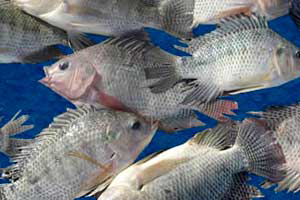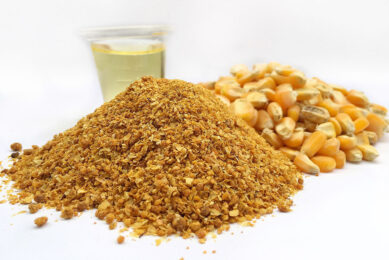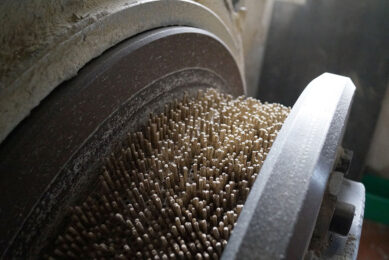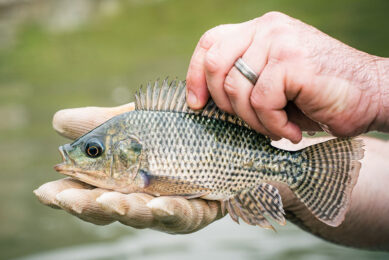Tilapia from farm to plate using US soy

A landmark fish feed programme in Pakistan is proving that US soybean meal is a powerful ingredient for Asian aquaculture to grow and meet the protein needs of the world’s sixth most populous country.
The American Soybean Association’s (ASA) World Initiative for Soy in Human Health (WISHH) is implementing the FEEDing Pakistan Project with funding from the U.S. Department of Agriculture (USDA) Foreign Agricultural Service (FAS). The three-year effort supports the Pakistani government priority to reduce the “protein gap” and meet the protein needs of the country’s 187 million people. “Marine fish catch is down, and processing plants are running at approximately 30% of their capacity,” says ASA/WISHH Country Representative-Pakistan R.S.N. Janjua. “FEEDing Pakistan reduces the protein gap through the introduction and production of high-protein fish feeds made with soy.”
Pakistan has an extensive system of fish farming but no commercial floating fish feeds were produced in the country until FEEDing Pakistan. The initiative is focused on improving capacity, productivity and quality in the Pakistani aquaculture sector. To accomplish these goals, the program reaches local fish farmers, Pakistani government officials and commercial members of the aquaculture industry. Key partners are the USDA Foreign Agricultural Service, Pakistan Fisheries Development Board, Pakistan Provincial Ministry of Livestock and Fisheries, Pakistan fish farmers and feed millers, Kansas State University, Kansas Soybean Commission and Oryza Organics.
Read more in the next edition of AllAboutFeed.
Join 26,000+ subscribers
Subscribe to our newsletter to stay updated about all the need-to-know content in the feed sector, three times a week. Beheer
Beheer









 WP Admin
WP Admin  Bewerk bericht
Bewerk bericht